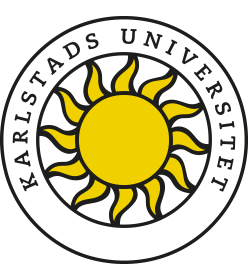Geospatial Python
7.5 ECTS creditsThis course provides knowledge of Python programming linked to spatial analyses with or without GIS, which makes it possible to automate tasks, create adapted work flows, and solve complex geospatial problems without proprietary software.
The course covers GeoPython concepts for the following uses:
- to create functions for processing geospatial data, from simple to advanced
- to use spatial Python libraries to understand, process, and analyse geometrical elements
- to carry out basic data analysis (read, convert, and extract information)
- to handle and examine spatial data from different sources, for instance local storage, online databases, API services
- to use Python in GIS software in order to adapt and carry out advanced spatial analysis
The programming environment is interactive (Jupyter Notebooks). The Jupyter Lab environment can be used both through open cloud-based websites and local platforms. The course includes lectures on specific topics related to Python programming, combined with exercises related to those topics. Students also complete a project based on the course content.
The course covers GeoPython concepts for the following uses:
- to create functions for processing geospatial data, from simple to advanced
- to use spatial Python libraries to understand, process, and analyse geometrical elements
- to carry out basic data analysis (read, convert, and extract information)
- to handle and examine spatial data from different sources, for instance local storage, online databases, API services
- to use Python in GIS software in order to adapt and carry out advanced spatial analysis
The programming environment is interactive (Jupyter Notebooks). The Jupyter Lab environment can be used both through open cloud-based websites and local platforms. The course includes lectures on specific topics related to Python programming, combined with exercises related to those topics. Students also complete a project based on the course content.
Progressive specialisation:
A1N (has only first‐cycle course/s as entry requirements)
Education level:
Master's level
Admission requirements:
60 ECTS credits completed in a Science or Technology programme, including 7.5 ECTS credits in Programming, and upper secondary level English 6, or equivalent
Selection:
Selection is usually based on your grade point average from upper secondary school or the number of credit points from previous university studies, or both.
